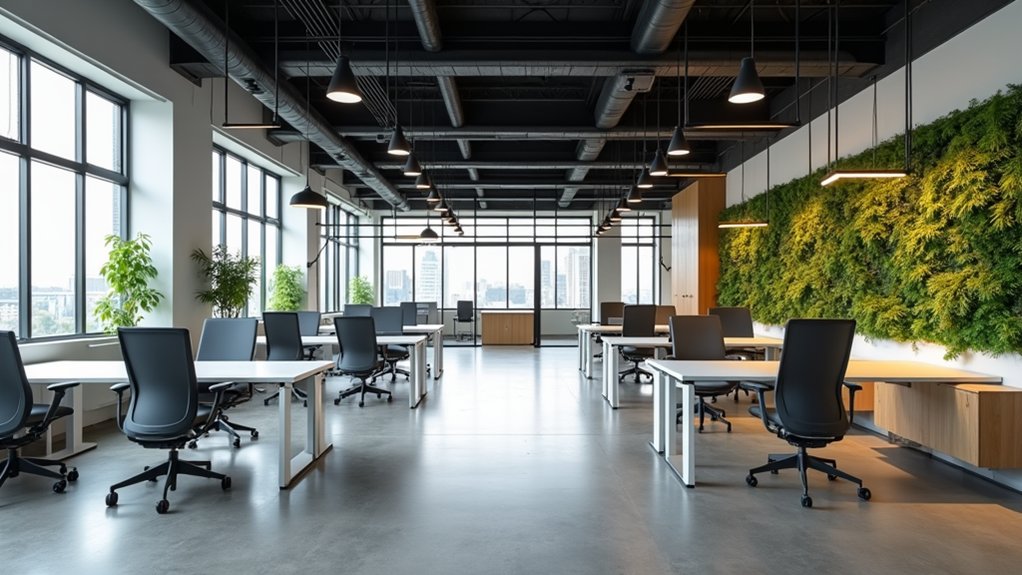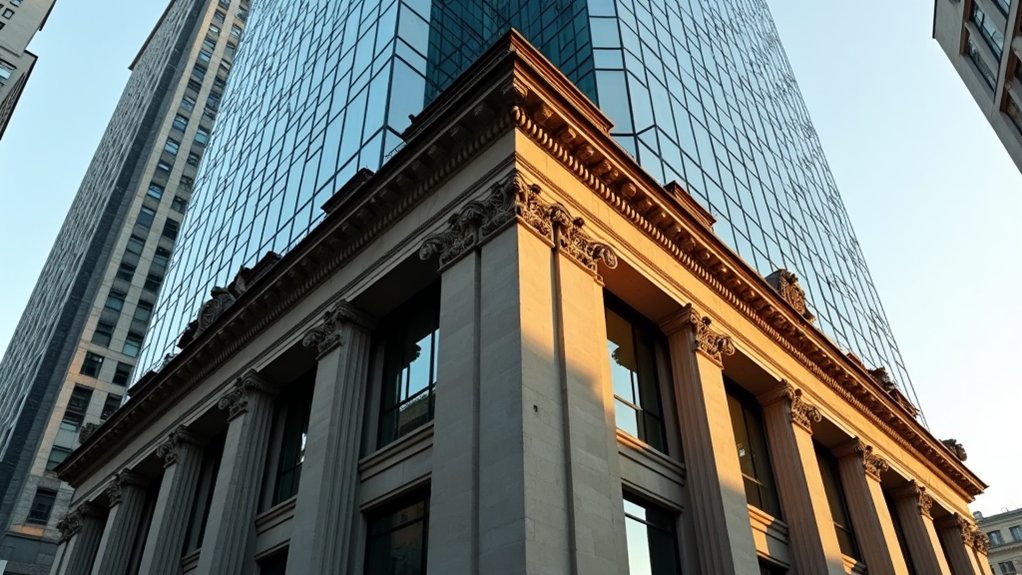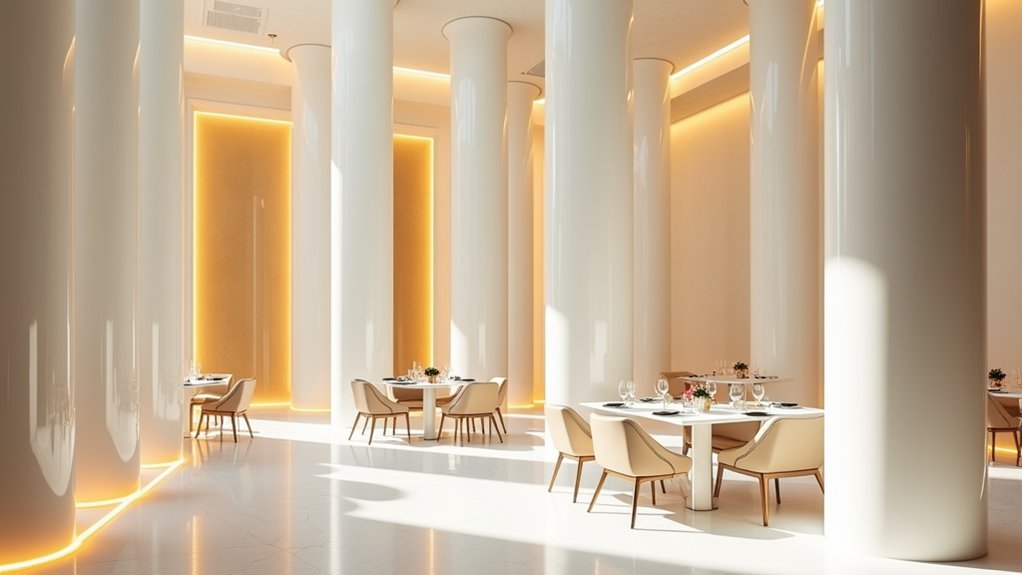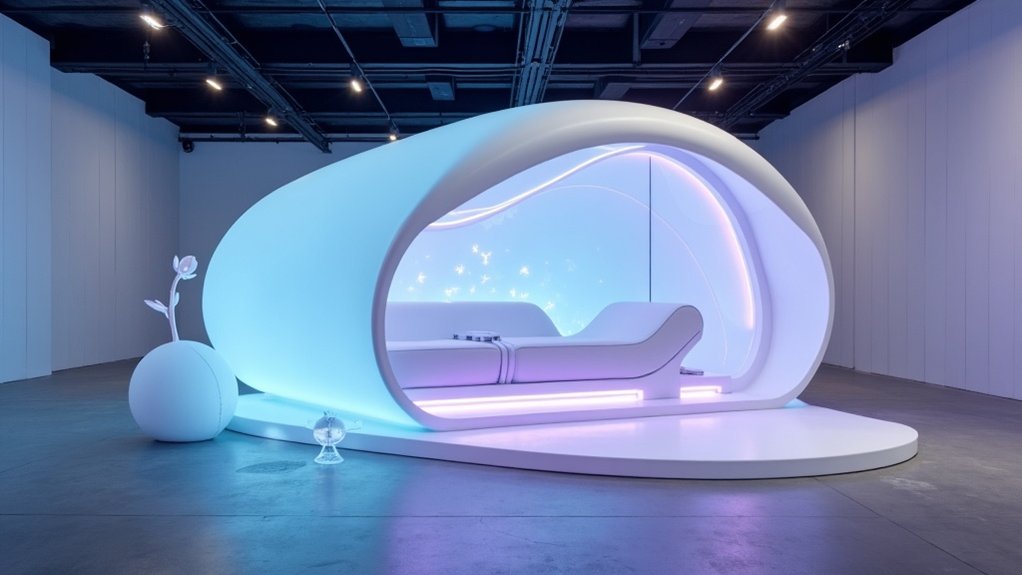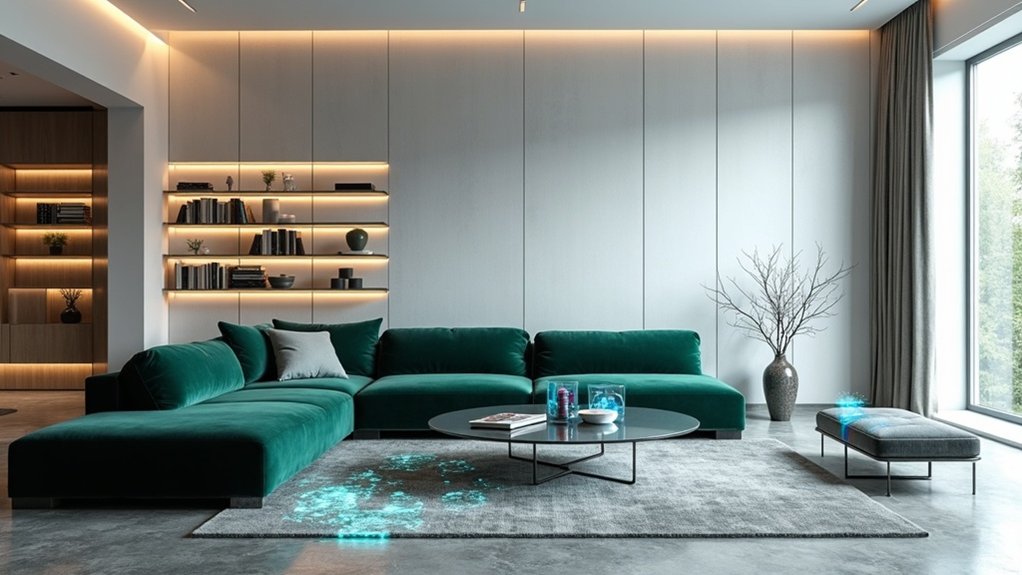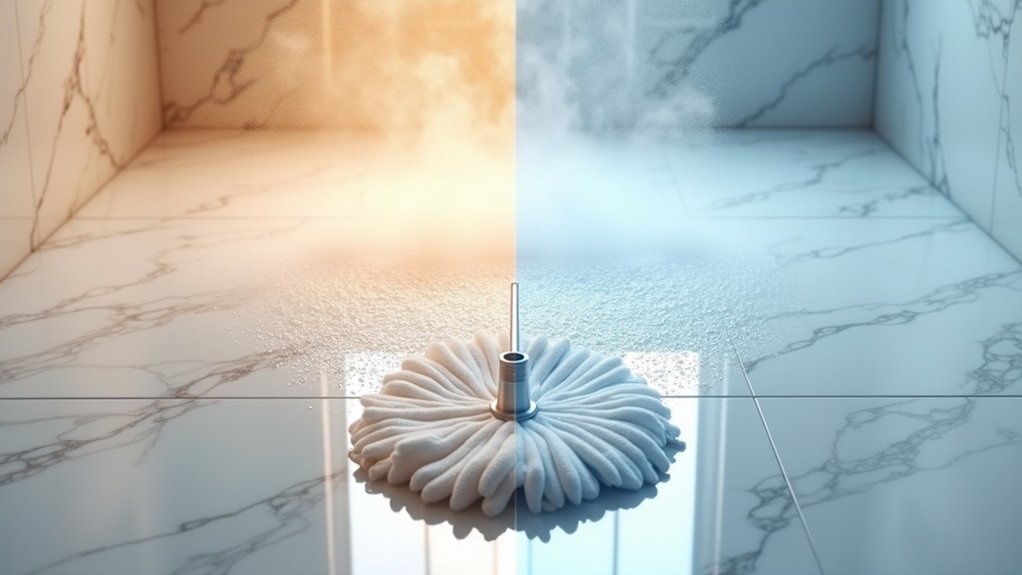As companies navigate the evolving environment of hybrid work, office spaces are undergoing dramatic transformations that prioritize flexibility, sustainability, and employee wellbeing over traditional cubicle farms. The shift toward free desking and task-based zones reflects a fundamental reimagining of how workplaces function in an era where employees split time between home and office environments.
Modern office design now centers on creating spaces that outperform home workstations while promoting collaboration and innovation. Movable walls and modular furniture systems allow organizations to reconfigure layouts based on daily needs, while smart sensors track space utilization to optimize every square foot. This adaptive approach addresses the reality that companies now maintain fewer workstations than employees, expecting partial occupancy as the new normal. Incorporating biophilic design principles can further enhance these environments by integrating natural elements that improve overall well-being.
The integration of biophilic elements represents another significant trend reshaping contemporary workspaces. Natural lighting, indoor plants, and earthy color palettes featuring deep chocolate browns and burgundy create environments that boost both productivity and wellbeing. These design choices extend beyond aesthetics, with eco-friendly materials and energy-saving features addressing corporate sustainability goals while improving air quality and reducing operational costs. Vertical plant walls serve as natural air purifiers while creating visually stunning focal points that divide spaces without sacrificing openness.
Employee wellness has become a central consideration in workspace planning, with dedicated wellness rooms providing spaces for mental health breaks and relaxation. Standing desks and ergonomic furniture are transitioning from premium offerings to standard amenities, reflecting growing awareness of how physical environments impact worker satisfaction and retention. Companies recognize that attracting top talent requires more than competitive salaries; it demands workspaces that actively support employee health and happiness.
The visual impact of modern offices plays an essential role in enticing workers back to physical locations. Bold design elements, including Pantone’s Mocha Mousse color accents, create memorable environments that establish brand identity while stimulating creativity. These striking visual choices complement functional improvements, ensuring offices deliver experiences unavailable in home settings. Work cafés and onsite bars are emerging as popular amenities that blur professional boundaries, creating casual environments where spontaneous collaboration and networking naturally occur over coffee or after-hours drinks.
Team-based seating arrangements and collaborative zones demonstrate how workstyles, rather than traditional department structures, now determine space allocation. By designing environments that encourage spontaneous interactions and planned teamwork, companies create cultural benefits that justify the commute, transforming offices from mere workplaces into dynamic hubs of innovation and community.
